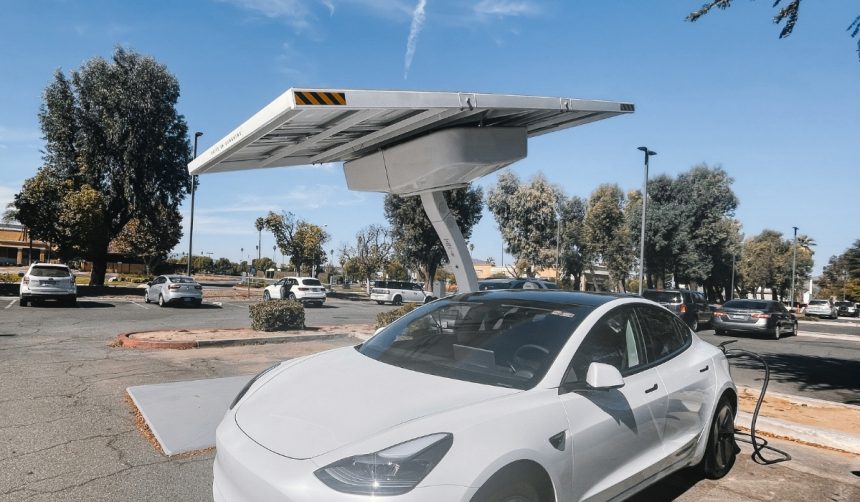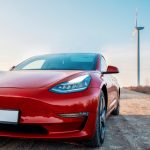Tesla is actively increasing its manufacturing workforce as preparations for its anticipated Cybercab move forward in Texas. The company, well known for pushing developments in autonomous vehicles, recently listed dozens of job openings specifically tied to the Cybercab project, with roles spanning from repair technicians to advanced manufacturing experts. The focus on Austin, where Gigafactory Texas operates, indicates Tesla’s intention to centralize production efforts at a strategically significant location. Industry observers are closely monitoring these developments, as the company sets out to introduce a vehicle designed for the era of fully driverless transportation, targeting lower operational costs and new passenger experiences.
Unlike previous announcements, which mostly consisted of projections and teasers about autonomous technology or upcoming vehicle launches like the Tesla Semi, the present expansion in job postings offers concrete evidence of advancing toward actual production of the Cybercab. Earlier, similar job surges preceded launches such as the Model Y or the push for Gigafactory construction, but details were sparse on specific vehicle design choices. Today’s insights reveal a stronger commitment to not just building new mobility forms, but specifically tailored vehicles, such as the Cybercab, which departs from the traditional design philosophy found in Tesla’s existing fleet. Cybercab’s distinction—eliminating both steering wheel and pedals—marks a clearer break from legacy auto manufacturing, compared to the gradual enhancements seen with past models.
How Does Tesla Plan to Build the Cybercab?
The company has outlined its manufacturing strategy by recruiting staff with expertise in autonomous vehicle platforms and large-scale production operations. All positions are based at the Austin Gigafactory, suggesting this facility will serve as the focal point of Cybercab assembly and testing. Production activities have already expanded, with initial test drives at the Fremont Test Track in California and safety validation measures, such as crash tests, underway in Texas.
When Will Cybercab Production Begin?
Tesla has earmarked the second quarter of 2026 as the target for starting Cybercab production. Executives highlighted that this timetable aligns with other key company projects like Semi truck and Megapack 3 battery development, which are expected to enter high-volume output in the coming year. Commenting on the significance of these projects, Elon Musk explained that Cybercab represents a fundamental shift compared to other Tesla vehicles:
That’s really a vehicle that’s optimized for full autonomy. It, in fact, does not have a steering wheel or pedals and is really an enduring optimization on minimizing cost per mile for fully considered cost per mile of operation.
What Makes Cybercab Different from Other Tesla Vehicles?
The Cybercab breaks away from traditional automotive design by removing manual driving controls, reflecting a focus on autonomous ride comfort rather than speed or handling. Musk compared this approach to the diminishing relevance of “horse carriage” features in modern vehicles, emphasizing a shift toward shared, driverless mobility:
For our other vehicles, they still have a little bit of the horse carriage thing going on where, obviously, if you’ve got steering wheels and pedals and you’re designing a car that people might want to go very direct past acceleration and tight cornering, like high-performance cars, then you’re going to design a different car than one that is optimized for a comfortable ride and doesn’t expect to go past sort of 85 or 90 miles an hour.
The emphasis on a fully autonomous, purpose-built vehicle positions the Cybercab as a test case for next-generation urban transportation. Tesla’s ramp-up illustrates increasing market readiness for self-driving technology, but it also brings the risk of production delays, as seen with previous product launches. Companies pursuing large-scale autonomous fleets must address regulatory, safety, and consumer acceptance challenges, which can impact the timeline and scale of such initiatives. For those interested in the adoption of robotaxis, monitoring Tesla’s progress with the Cybercab offers a clearer understanding of the practical steps and complexities involved in shifting toward automated mobility services.










